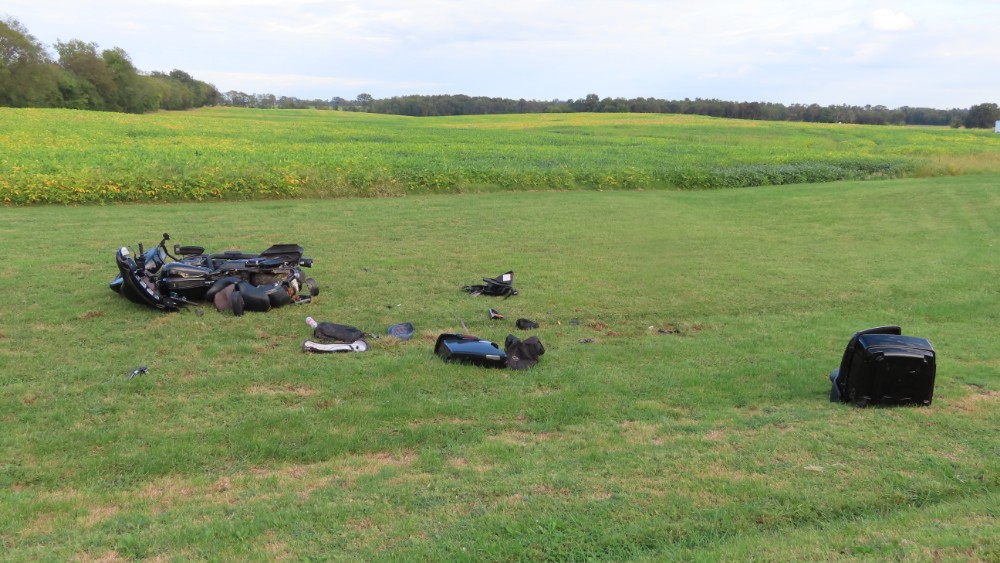
It’s officially Kentucky Derby week as we celebrate what Kentucky is famous for…beautiful thoroughbred horses. The 2018 Kentucky Derby is the 144th annual Kentucky Derby, scheduled to take place on Saturday, May 5, 2018 at Churchill Downs in Louisville, Kentucky. The field is open to 20 horses, with a purse of $2 million dollars at stake. Every year, the “Run for the Roses” is held on the first Saturday of May. And that day this year is Saturday, May 5. On Friday, the annual running of the Kentucky Oaks, which is a race for 3-year-old fillies (female horses), takes place.
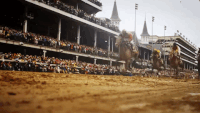
The annual Grade I stakes competition, the “Run for the Roses,” has long been the biggest showcase of American horse racing. It’s the first leg of the Triple Crown of Thoroughbred events, and it has built a reputation not only as “The Most Exciting Two Minutes in Sports” but as a stomping ground of celebrity guests. Nowadays, many of the finest racehorses are bred and raised in and around the prestigious Bluegrass Region of Kentucky. But one year, that wasn’t the case when a local horse from Christian County named Flying Ebony, won the 51st running of the Derby by one and a half lengths.

The race was run on May 16, 1925 and Flying Ebony’s Kentucky Derby was the first to be covered by a nationwide radio broadcast. An estimated 5 to 6 million people heard the race call. This was also the first time that the Derby was referred to as the “Run for the Roses,” a nickname coined by New York sportswriter Bill Corum. A dark bay or brown horse, Flying Ebony was a handsome, short-coupled animal with a good shoulder and short cannons but rather rough-looking ankles. He had a peppery disposition but had an affectionate relationship with his last owner, Charles Perkins. But before Kentucky Derby fame, it is believed Flying Ebony was bred, or foaled, in Christian County. While other accounts from some newspapers say otherwise, the local people knew of the horse’s history and had no doubt that Flying Ebony was raised near Hopkinsville.
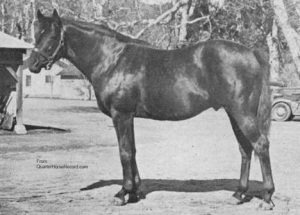
According to one newspaper article, a man named Lucian Moseley, raised Flying Ebony on his Riverview Farm on Pembroke Road in Christian County. Moseley was at Churchill Downs for the 1925 Derby and threw his straw hat into the air when the horse crossed the wire first. The people in the crowd that day say they heard Moseley shout, “How ’bout that for a little country boy from Christian County.” In the days following the Derby, the Kentucky New Era ran several local and wire stories about Flying Ebony’s race and his Christian County roots. According to those reports, Flying Ebony was bred on the Herbert Stud Farm on Bradshaw Road, where The Finn was standing at stud for one season. Lexington breeder John E. Madden owned the broodmare, Princess Mary, and consigned her to Moseley at his farm, which was located on Pembroke Road along what is now Skyline Drive. Madden and Moseley were partners in the colt.
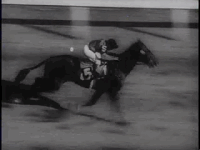
However, it seems likely that Flying Ebony was on the Moseley farm for some time as a weanling and yearling because he was apparently among the local yearlings sent by railcar from Hopkinsville to New York for the yearling sale in August of 1923. He was sold as a yearling at Saratoga, N.Y., in 1923, to C.A. Cochran for $21,000. Cochran still owned Flying Ebony when he won the Derby. But several unusual coincidences led up to Flying Ebony winning the race. His jockey, Earl Sande, wasn’t supposed to even be in the race. Sande suffered a terrible racing accident in which he received a broken leg.
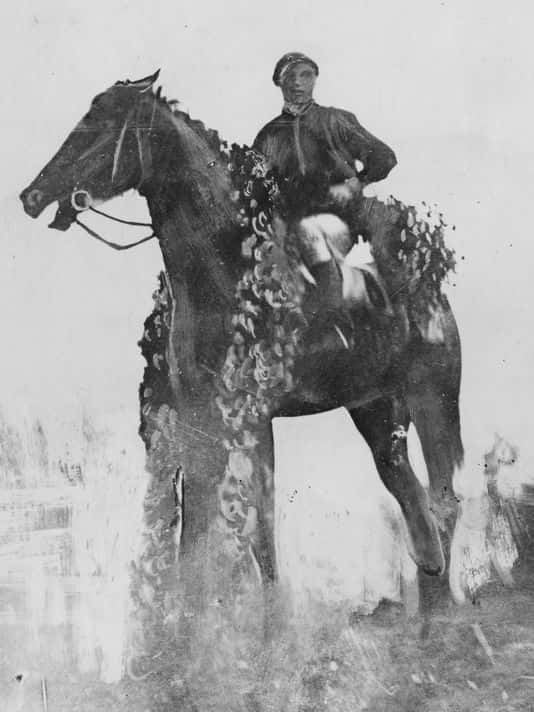
Even though he recovered, Sande had trouble finding trainers willing to let him ride again in 1925. Doctors had said his career was over and no one wanted to take a chance on him. In the days before the Derby, Sande reportedly went from barn to barn on the backside at Churchill begging for a ride. Flying Ebony’s trainer, William B. Duke, who was nearing the end of his own career, decided to give Sande a chance. When the 20 Derby horses walked onto the track for the post parade, a downpour of rain fell suddenly and soaked the track. The rain stopped and then started again as the horses were being lined up at the gate. The start was delayed four minutes. Flying Ebony broke well from 6th post position and was running in fourth place early in the race. He was leading at the ¼ mile post, then pulled back while Sande kept the leader, Captain Hal, in sight. After the final turn, Sande had to pull Flying Ebony wide to pass the leader, but then took the lead in the home stretch and won by 1½ lengths. On a $2 win ticket, Flying Ebony paid, $8.30 to win, $3.80 to place and $2.80 to show. The winning purse was $52,950.
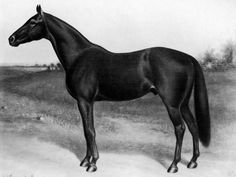
Flying Ebony raced three more times after the Derby without winning and was retired to stud duty. Flying Ebony entered stud in 1926 at Cochran’s farm. After Cochran’s death in 1930, the horse was sold to Leslie Keiffer at the dispersal of Cochran’s stock and was transferred to Keiffer’s Maryland Farm. In 1934, Charles Perkins bought Flying Ebony in partnership with his sister and Mrs. William C. Van Antwerp and installed the stallion as the premier sire at his Alisal Ranch in California. Perkins bought out Mrs. Van Antwerp’s share in 1938 and for all intents and purposes was Flying Ebony’s sole owner during the final years of the stallion’s life. After Perkins died on June 19, 1943, Flying Ebony was humanely destroyed.
According to Mary Simon in A History of the Thoroughbred in California (1983, The California Thoroughbred Breeders Association), this was according to the terms of Perkins’ will, which specified that the stallion should be put down no more than a month after Perkins’ own death for fear that the aging horse would not be properly cared for by another owner. Flying Ebony became the second of Sande’s three Derby winners, following Zev (1923) and preceding Gallant Fox (1930). Ebony Knight, a California-bred son of Flying Ebony, became a top show horse in Western stock horse classes before his death in a 1949 barn fire. Both Lexington, Kentucky, and Havre de Grace, Maryland, have roads named after Flying Ebony.

If you look closely, you can still find a sort of memorial to Flying Ebony locally. It seems that Lucian Moseley eventually retired from the horse business and moved to a house on Latham Avenue in Hopkinsville.

That residence is now the home of Boyd and Patsy Clark. Next to the front door, you will see a plaque that says “1925 Flying Ebony” and inside mounted on a wall in the living room is a photo of Flying Ebony. According to Boyd Clark, the previous owners were Ray Duckworth and his family who placed the plaque on the house. Clark says that he and his wife are proud to have a bit of history at his residence, especially considering the worldwide appeal of an event like the Kentucky Derby. Flying Ebony’s Kentucky Derby trophy is still among the permanent exhibits at the Kentucky Derby Museum in Louisville, Kentucky.


